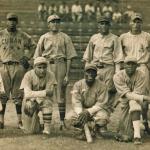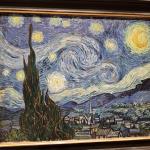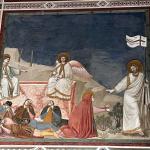Death, Disability, and the Superhero (forthcoming) by Joe Alaniz is more jargon-ridden than the average cultural study, which is of course saying a lot.
That’s unfortunate, because the topic is of some interest. Alaniz summarizes the psychoanalytic, religious, and other studies of the superhero phenomenon, pointing out the obvious that most superheroes are characterized by “strength, control, unboundedness—an utter disavowal of fleshly fragility. As noted by Scott Bukatman,’The superhero body is a body in a permanent state of readiness (this is a job for . . .). What’s more, if random death now appears from nowhere, the superbody is more than merely resistant; it bears its own mysterious power.’ . . . Scholars like Bukatman have linked such weighted imagery to the comics’ primary audience, adolescent boys, and in particular to their presumed power fantasies, need for substitute father figures, and will to domination.”
Others have studied “superheroes for their often paradoxical messages about gender, denial, sexuality, fashion, modern anxieties, desire, and the split self,” while :Robert Jewett and John Shelton Lawrence argue for the ultimately religious roots of this most American of genres: Whereas the classical monomyth seemed to reflect rites of initiation, the American monomyth derives from tales of redemption that have arisen on American soil, combining elements of the selfless servant who impassively gives his life for others and the zealous crusader who destroys evil. The supersaviors in pop culture function as replacements for the Christ figure, whose credibility was eroded by scientific rationalism.”
What interests Alaniz is the opposite side of the superhero myth: “impressive physical capacities, while serving the needs of adolescent fantasy, fall short for the purposes of drama in serialized fiction.” You can’t have drama without vulnerability, and the superhero mythologies want to be dramatic. The question Alaniz investigates is “How to be both myth and (usually) man?”
It’s a good question, but I’m not sure we need to go beyond Jewett and Lawrence to answer it: A superhero who is a Christ figure is precisely the union of myth and man, of invulnerable power and passion. Christ is the model of the SuperVulnerable hero.















